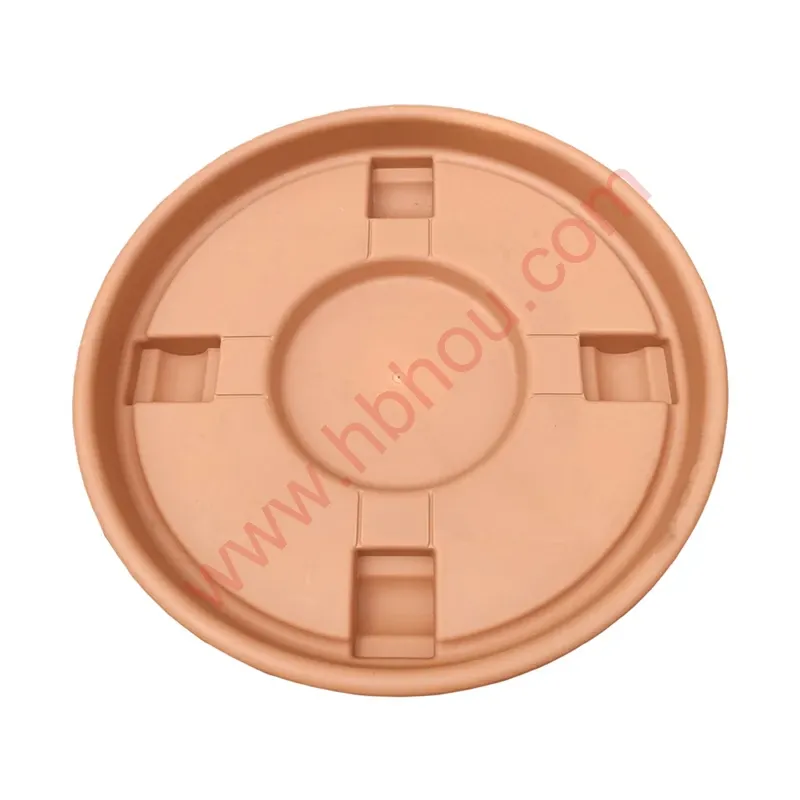The Versatility of Gabion Walls in Modern Architecture
Gabion walls, often overlooked in the realm of contemporary architecture, have gained recognition for their multifunctionality, aesthetic appeal, and environmental benefits. Originating from the Italian word gabbione, meaning big cage, these structures are essentially wire mesh containers filled with rocks, stones, or other materials, primarily used for erosion control, landscaping, and decorative purposes. This article explores the various applications of gabion walls, their advantages, and their growing popularity in modern design.
One of the primary functions of gabion walls is erosion control. In areas where soil erosion is a significant concern, such as along riverbanks or steep slopes, gabions can act as a barrier that absorbs the energy of flowing water. By stabilizing the soil and preventing erosion, these structures protect both the environment and human infrastructure. The permeability of gabion walls allows water to flow through, reducing hydrostatic pressure and minimizing the risk of flooding. This characteristic makes them invaluable in managing stormwater runoff, particularly in urban settings where impervious surfaces dominate.
The Versatility of Gabion Walls in Modern Architecture
In addition to their practical uses, gabion walls offer significant sustainability benefits. The materials used to fill gabions can often be sourced locally, reducing the carbon footprint associated with transportation. Furthermore, these walls can be built using recycled materials, contributing to a circular economy. Once the rocks or stones inside the gabion reach the end of their life cycle, they can be reused in other applications or returned to their natural state, minimizing waste. This focus on sustainability is particularly appealing in today's environmentally conscious landscape.
gabion hu

Gabion structures also promote biodiversity. When used in landscaping, they can serve as habitats for various species of flora and fauna. The crevices between the rocks can provide nesting sites for birds, while the stones can encourage the growth of mosses and lichens. This not only enhances the ecological value of a space but also contributes to the overall health of the ecosystem.
In terms of construction, gabion walls are relatively easy to install and maintain. They require fewer materials compared to traditional concrete or brick walls, which can lead to reduced labor costs and construction time. Additionally, they can be constructed in various shapes and sizes to suit specific site conditions and design preferences. The modular nature of gabions means that they can easily be repaired or replaced if damaged, making them a practical choice for both temporary and permanent installations.
The aesthetic appeal of gabion walls cannot be overstated. Designers and architects are increasingly using them as focal points in urban landscapes. They can be integrated into seating areas, garden walls, or even as standalone art installations. The interplay of natural materials and the visual texture created by the stone-filled cages adds a unique character to any project. As architects seek to create environments that resonate with nature, gabion walls provide a bridge between human-made structures and the natural world.
In conclusion, gabion walls exemplify the intersection of functionality, sustainability, and design. Their applications span beyond mere utilities; they enhance ecological systems, contribute to aesthetic landscapes, and provide robust solutions for managing natural forces. As society continues to embrace environmentally friendly construction practices, the use of gabions will likely expand, leading to innovative designs that honor both tradition and modernity. Whether used in urban developments, public parks, or private residences, gabion walls present a versatile and appealing option for a myriad of architectural challenges. As we move forward, incorporating more nature-inspired elements such as gabion walls can help create spaces that are not only functional but also beautiful and sustainable.
















